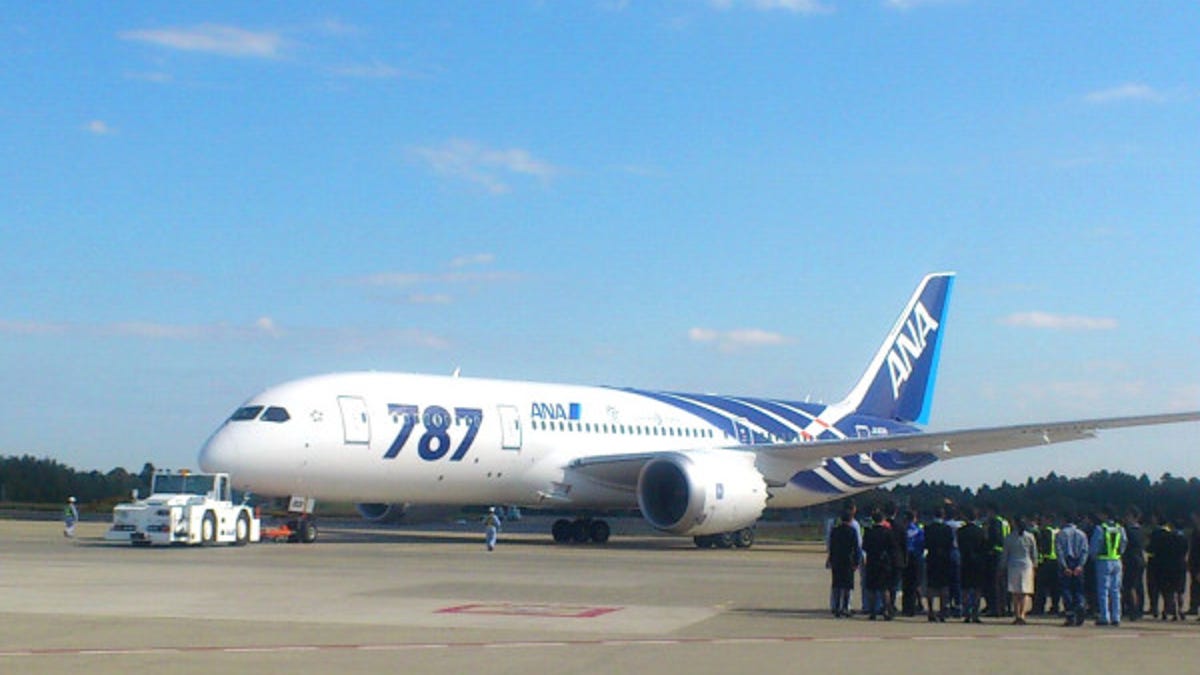Boeing battery solution may keep 787 grounded until 2014
An MIT chemistry professor suggests that Boeing switch from lithium-ion batteries to the heavier but safer nickel metal-hydride technology, a process that could take a year.

A battery expert and chemistry professor at the Massachusetts Institute of Technology has some suggestions for how Boeing can solve its airplane battery woes, one of which could keep the fleet grounded until 2014.
The problems with Boeing's 787 Dreamliner, which was grounded earlier this month by Federal Aviation Administration order, could be solved by switching from the current lithium-ion batteries to nickel metal-hydride (NiMH) batteries, Donald Sadoway told Forbes. However, switching to NiMH batteries, which have a better safety track record, could result in a lengthy certification process that could take up to a year to complete, Forbes reports.
After a series of onboard fires earlier this month, the FAA on January 16 ordered all airlines to park their fleets until the much-hyped airplane's onboard batteries are proven safe to operate. The order followed Japan Airlines' grounding its 787s after a battery fire forced the evacuation of an All Nippon Airways flight.
Boeing's choice of the lithium-ion battery, Sadoway says, was consistent with the airplane maker's goal to reduce the 787's weight, thus saving money on its cost of operation. However, he said lithium-ion batteries were more prone to spontaneous combustion due to "organic electrolyte which makes it volatile and flammable."
Sadoway told Forbes that in his examination of the 787's lithium-ion battery, he was surprised by a seeming lack of a cooling mechanism for the batteries.
"In a large format battery, heat can be generated faster than it dissipates to the surroundings with the result that the temperature of the battery can rise to dangerously high levels which leads to bloating and ultimately fire," he said.
But designing, building, and testing a new control system for the NiMH batteries could take a year, Sadoway said.
Short of replacing the batteries outright, Sadoway also suggests Boeing create vents in the battery box that allow them to dissipate heat, as well as install temperature sensors to ensure that batteries stay within a safe range.
A Boeing representative told CNET that the company was withholding comment until its investigation is complete.
Boeing has said it is working with the FAA to develop a solution to the problem that would allow airlines to resume operation of the 787s as soon as possible. Boeing has shipped about 50 Dreamliners to carriers around the world, including ANA, Japan Airlines, Air India, and United Airlines, which is the only U.S. airline that has taken delivery of the aircraft.

